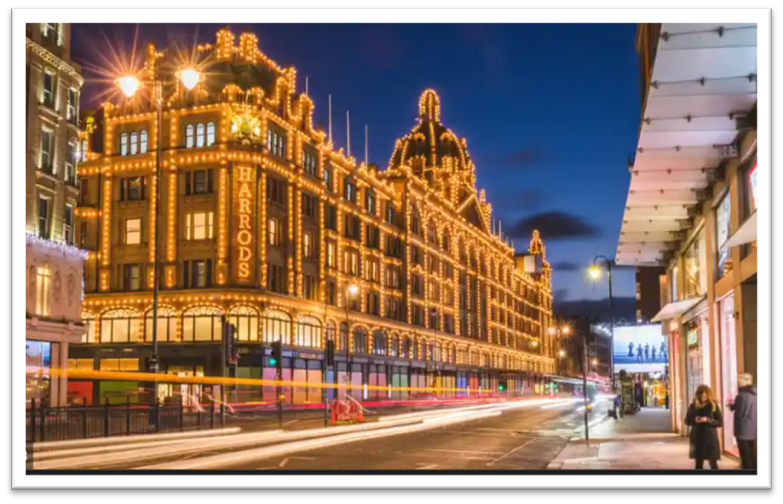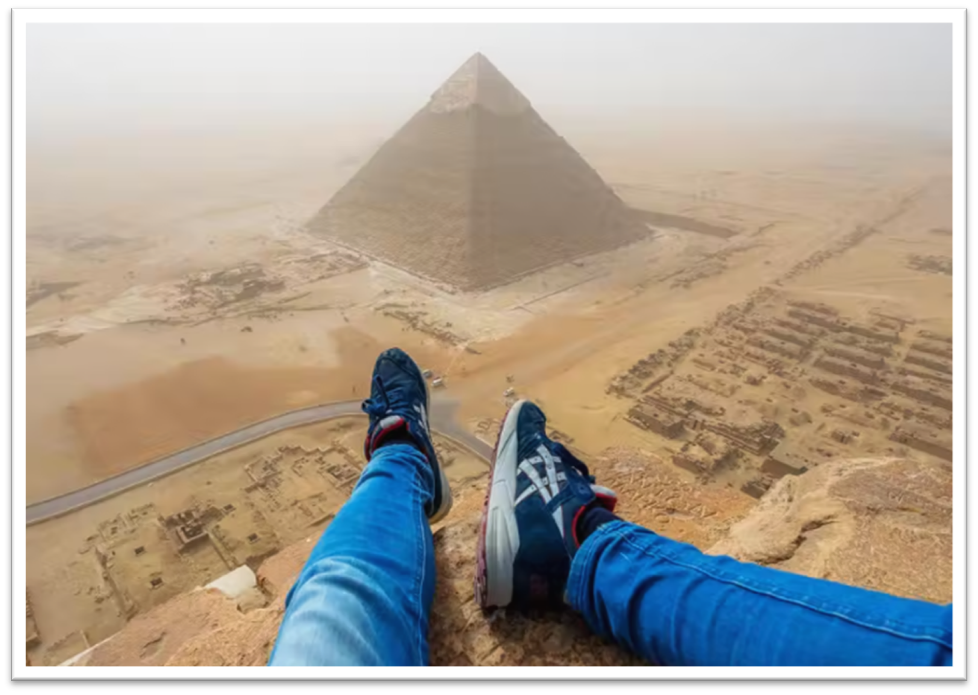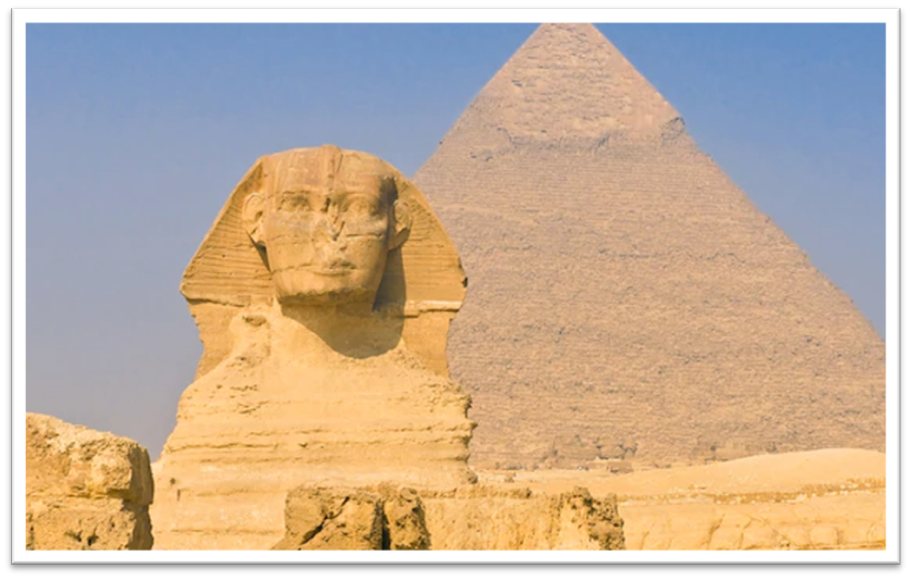It’s that time of year again — when an epic public event in Canberra bursts into bloom and turns garden beds into catwalks. Floriade 2022 is here. Think Paris Fashion Week, but for flowers. And yes, the tulips are absolutely serving looks.
Canberra’s iconic spring flower show transforms the city’s lake centre into a month-long spectacle each September and October, with millions of blooms on display. Locals emerge from their winter hibernation, while tourists descend en masse to witness this blooming runway of seasonal trends - from classic tulips to fringe florals making their debut.
I arrive on a grey Saturday afternoon, but the overcast skies do nothing to dull the brightness ahead. The flowers are ready to smell, and so are the cheerful volunteers, doubling as walking info kiosks. There's no official sign declaring it, but the unspoken rule is clear: take photos — lots of them.
Right at the gate, tulips are perched in tough steel wheelbarrows — proving once again that they’re the supermodels of the flower world. As the saying goes, tulips would look good even in a garbage bag. No blue sky required — their joy shines through on any canvas.
The star of the show? Tulips - the Dior of the flora world. They're everywhere: popping from bunches, bursting from beds, overflowing from wheelbarrows, and printed on every kind of Floriade merchandise imaginable. Around them, a pretty supporting cast of pansies, poppies, hyacinths, and daisies bring depth and colour to the ensemble.
I make a pit stop at a cute teal-and-white café caravan, grabbing a coffee and sitting under giant black-and-white striped umbrellas. The soundtrack? What I assume is Australian country music — foot-tappingly good. From my seat, I catch a view of a tulip-lined walkway that doubles as a runway between the garden beds.
The flowers are the models, the garden beds their catwalk, and the red gravel paths their red carpet. Who needs Paris when you have this?
And this runway is busy. A woman sprints back to her tripod to snap a photo without herself in it. A family of ten poses in full colour-coordination (or lack thereof — bright seems to be the unspoken dress code). Teenagers take selfies. Adults take selfies. If dogs were allowed in, they’d be strutting through the beds snapping selfies too.
Instagrammers and fine art photographers alike lean in close for the perfect shot. First, a macro of a bloom. Then one with the Ferris wheel in the background. Then again, from another angle. Click. Adjust. Repeat. One child gets too close and is swiftly intercepted by a parent delivering a full-scale botanical lecture.
There isn’t an angle or lighting condition left unexplored. I can’t help but wonder how many of these already-striking flowers will be digitally altered before their Instagram debut. A little more contrast, a touch more saturation — as if nature needs filters. But hey, if it helps the local tourism industry, who am I to judge?
And while all this happens in Canberra, across the globe at Paris Fashion Week, Victoria Beckham drops her Spring 2022 Ready-to-Wear collection. Coincidence, or is there a whisper of Canberra tulip-core in her palette?
Because colour sells, and tulips know it.
It's that time of the year again, when an epic public event in Canberra displays the latest collections in runway shows to the public, influencing upcoming backyard garden trends for the approaching flower season. Floriade 2022. It’s the Paris Fashion Week for flowers.
Canberra's annual spring flower show at Floriade showcases millions of flowers in bloom. It's the time when locals come out from their wintertime Jerusalem artichoke patches and tourists bus in en masse to the city centre to see the latest collections, which run for a month across September/October.
It’s a Saturday afternoon, and the ready-to-smell flowers greet me as I walk in one of the gates, as do the friendly volunteers, while also fulfilling their role of walking information and advice bureaus. While it is not explicitly posted at the gate that advises the house rules, it is strongly encouraged that you take endless photos wherever possible.
At the gate, there are tulips mounted in tough steel wheelbarrows, but it’s true what they say about tulips; they can look good in a garbage bag or a wheelbarrow. It’s overcast but these flowers do not need a blue sky setting to be the centre of attention. Indeed, the inclement weather has done not a thing to dull their joyfulness.
All the famed flowers are here. Tulips - the darling, the Dior of this assembly of florae – is the star of the show, bursting colourfully from bunches, wheelbarrows, garden beds and across all the merchandise of bags, clothing and anything else you could imagine, very ably accompanied by the equally pretty supporting troupe of flowers.
Before wandering around, I grab a coffee from a delightful teal and white café caravan and sit at their tables that are sheltered by giant black and white striped umbrellas. I hear what I determine is Australian country music that has my foot tapping as I watch one of the tulip runways near me that runs between the garden beds.
The tulips are the perfect models, the garden beds are their catwalk, and the red carpet makes way for a red gravel runway.
And this runway is busy! A young woman runs back to her spot in front of the tulips and other blooming assortments before her professional-looking camera equipment featuring tripod snaps a photo without her in it. A family of ten poses in front of some the gardens. Some have come in their favourite vibrant colour, some are dressed up, there are no rules to be followed with colour coding, but it seems brighter is a widespread choice. Teenagers take selfies. Adults take selfies. Everyone is taking selfies. If dogs were allowed entry they would be prancing through the garden beds and then taking selfies.
Fine art enthusiasts and Instagram devotees get right up close and personal to the delicate models on their stems with their iPhone, and then do another shot with the ferris wheel in the background. And then do it all over again until the shot is precise. Close-ups, distance shots, analysis of the colours, the textures, fine scrutiny of the structure of the stems (okay, that was a child who then received a lecture full of disappointment from his mother).
There is not an angle or perspective that wasn’t explored on that runway, and I wonder how many of the striking blooms were digitally altered before their debut on social media to friends appearing more contoured, more vibrant. I think back to the day, before smart phones, when we just stopped to smell the flowers rather than photograph and edit them for social media. They don’t need more contouring or airbrushing, but I guess it doesn’t hurt local tourism.
Meanwhile, over at Paris Fashion Week, Victoria Beckham's Spring 2022 Ready-to-Wear Collection has dropped, and the fashion designer has been seen around that town in fashion inspired by...tulips from Canberra's Floriade perhaps? Colours sells, and tulips know it.










